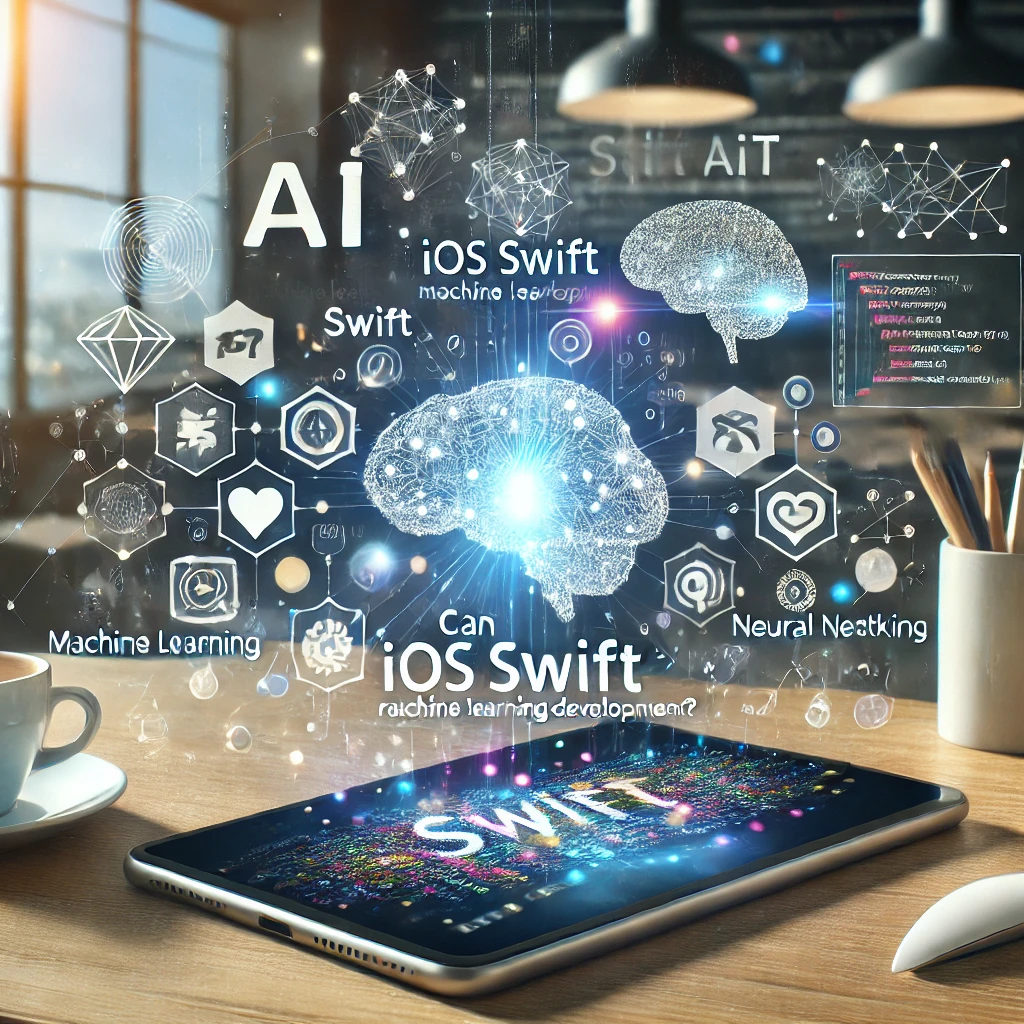
It’s fascinating to see how technology is constantly evolving, and one of the most exciting developments in recent years has been the integration of machine learning into various applications and platforms. With the increasing demand for sophisticated algorithms to power AI-driven solutions, developers are always on the lookout for innovative tools and languages to streamline the process of machine learning development. One such language that has been gaining traction in the tech community is Swift, the programming language predominantly used for iOS and macOS development.
It’s no secret that Apple has been investing heavily in machine learning and AI, evident in the introduction of Core ML, a framework that allows developers to integrate machine learning models into their apps. With Core ML, developers can leverage pre-trained models to perform tasks like image recognition, natural language processing, and more with ease. However, traditionally, developers had to use languages like Python or C++ to create and train these models, which posed a significant barrier for iOS developers who were more familiar with Swift.
It’s here that Swift for TensorFlow comes into the picture. Developed by Google’s TensorFlow team in collaboration with the Swift community, Swift for TensorFlow aims to combine the simplicity and expressiveness of Swift with the power and flexibility of TensorFlow, Google’s popular machine learning framework. This integration allows developers to write machine learning models in Swift and seamlessly leverage TensorFlow’s capabilities for training and inference.
It’s worth noting that Swift for TensorFlow is still in its early stages and is actively being developed, but the potential it holds for iOS developers is immense. By enabling developers to use Swift for machine learning development, Apple is opening up new possibilities for creating intelligent applications that can run natively on iOS devices. This not only streamlines the development process but also ensures better performance and efficiency, as the models are optimized to work seamlessly with Apple’s hardware.
It’s evident that the intersection of Swift and machine learning has the potential to revolutionize the way AI-driven applications are developed on the iOS platform. With Swift for TensorFlow, developers can harness the power of machine learning without having to switch between different programming languages, making the process more accessible and intuitive. As Apple continues to invest in AI and machine learning, we can expect to see even more advancements in this space, further cementing Swift’s position as a versatile language for building cutting-edge applications.
All things considered, the integration of machine learning with Swift is poised to transform the landscape of iOS development, empowering developers to create intelligent, AI-driven applications with ease. With tools like Swift for TensorFlow, the future looks bright for iOS developers looking to venture into the exciting world of machine learning.





